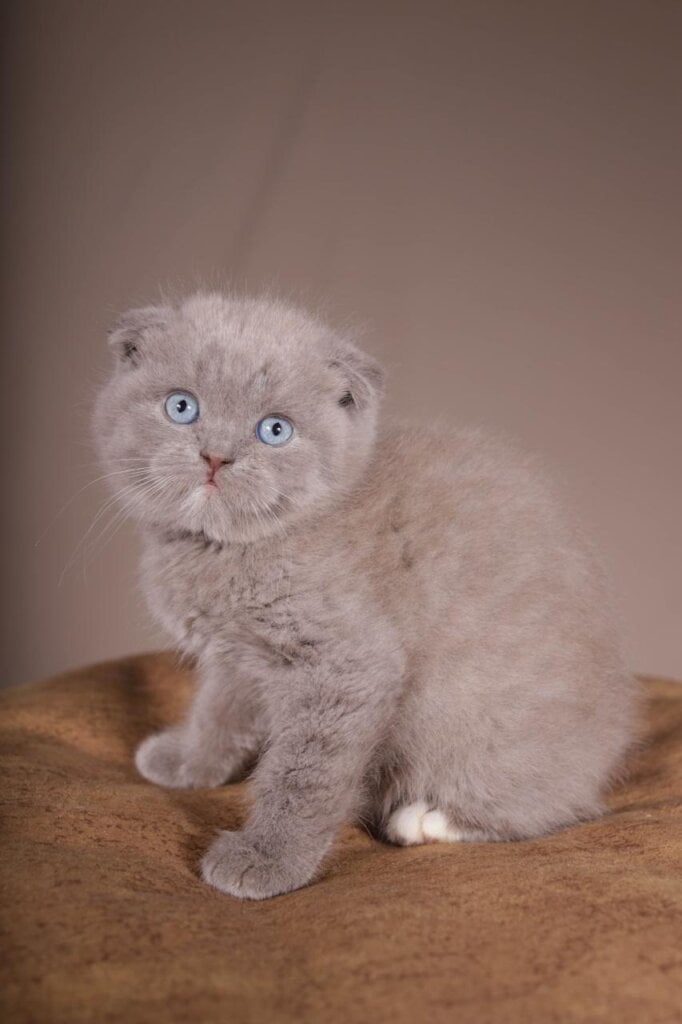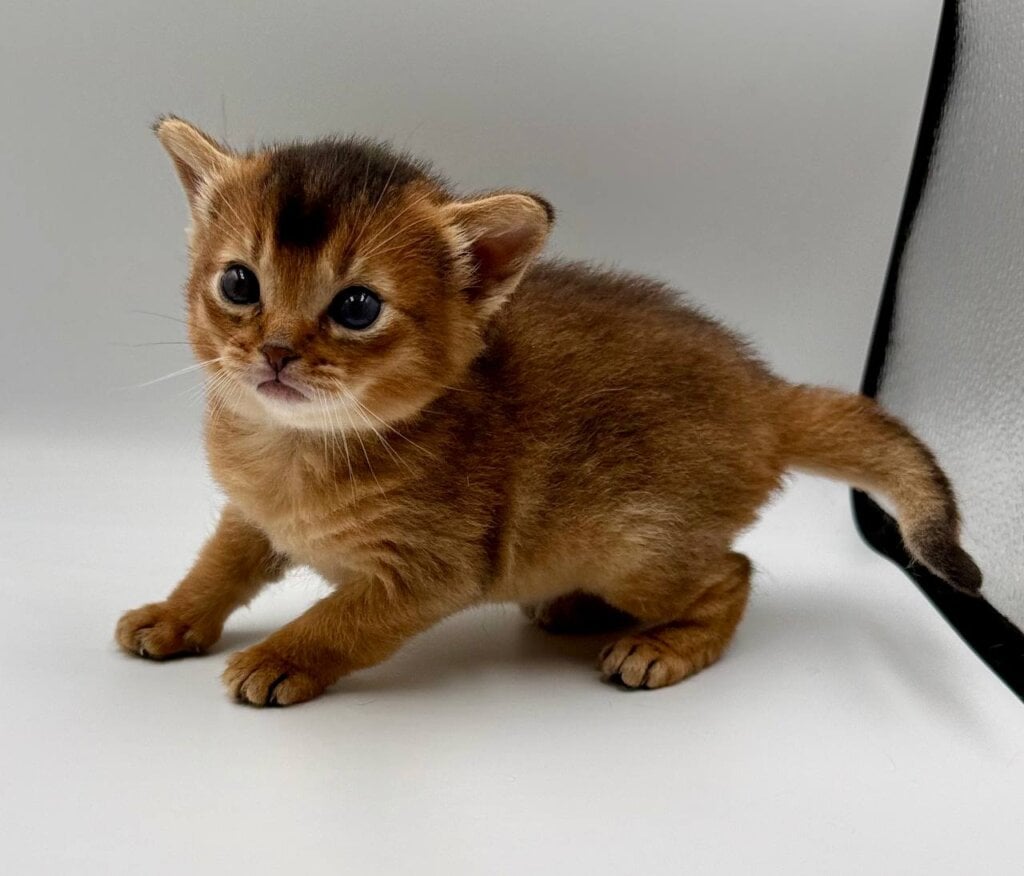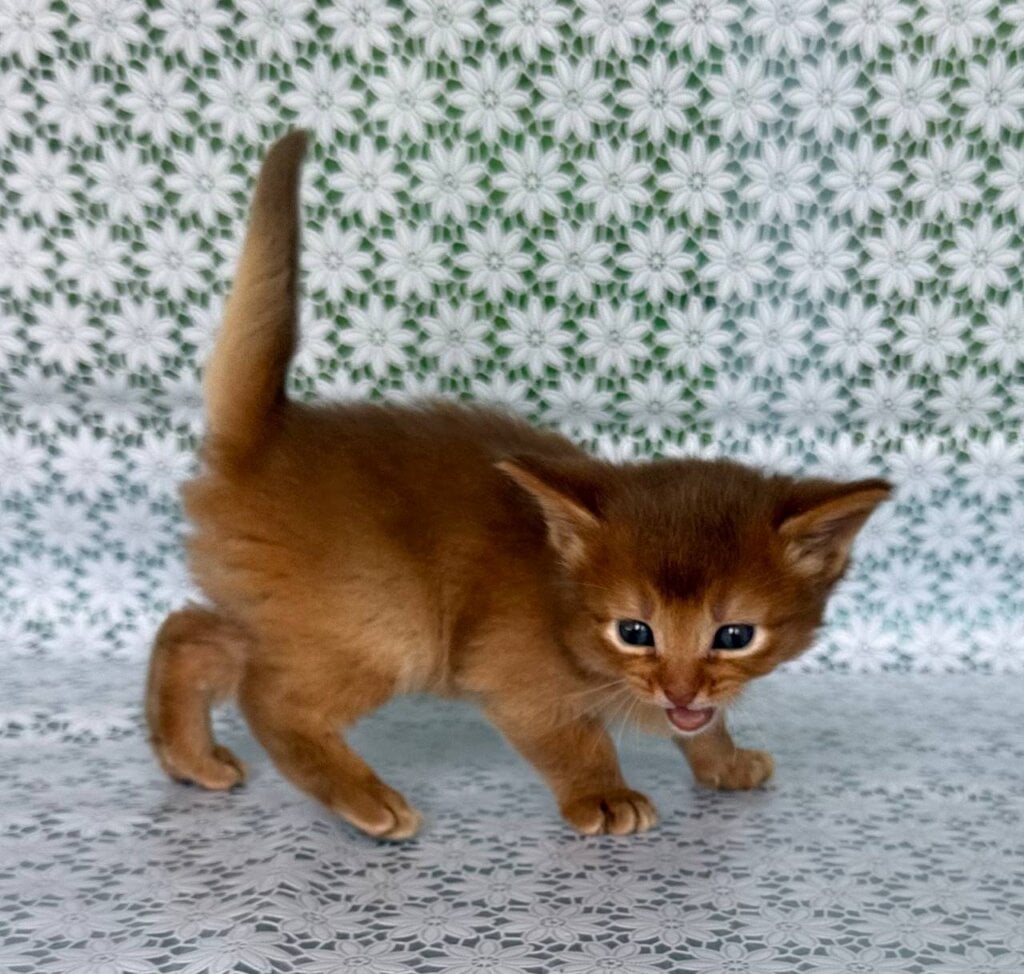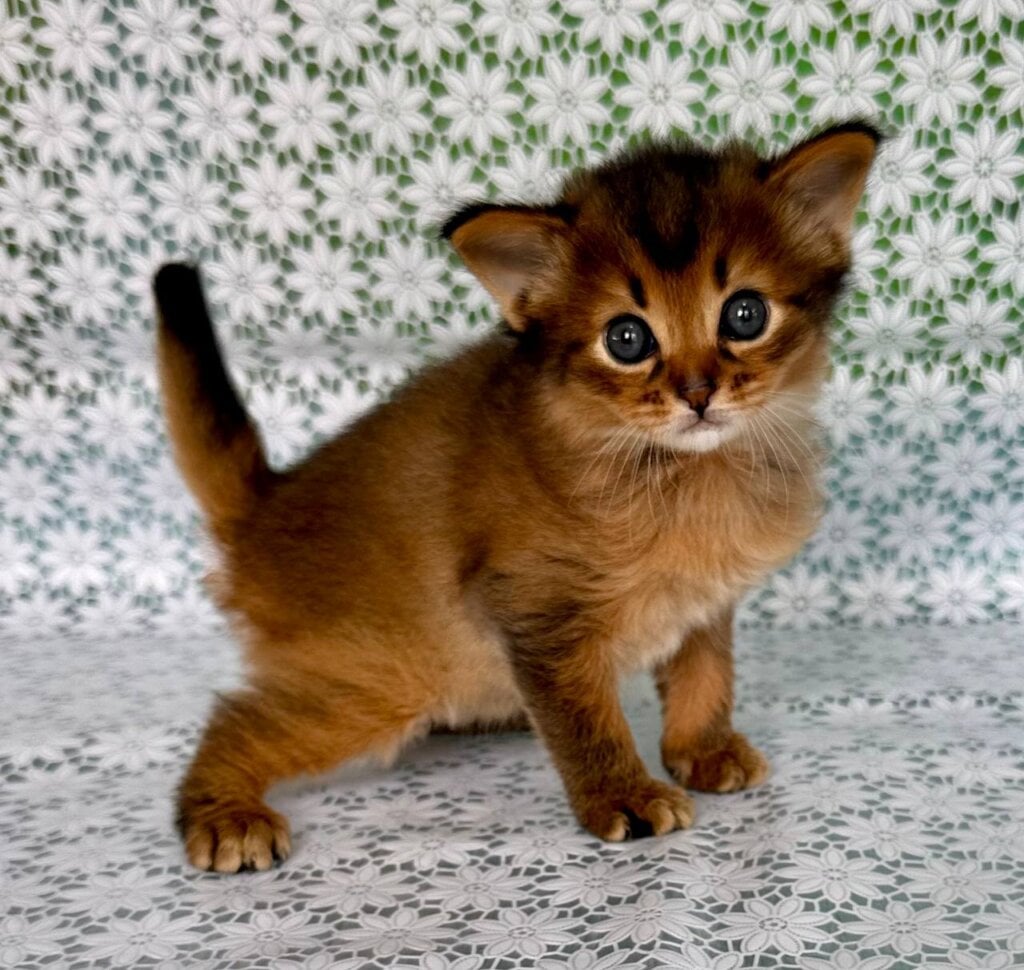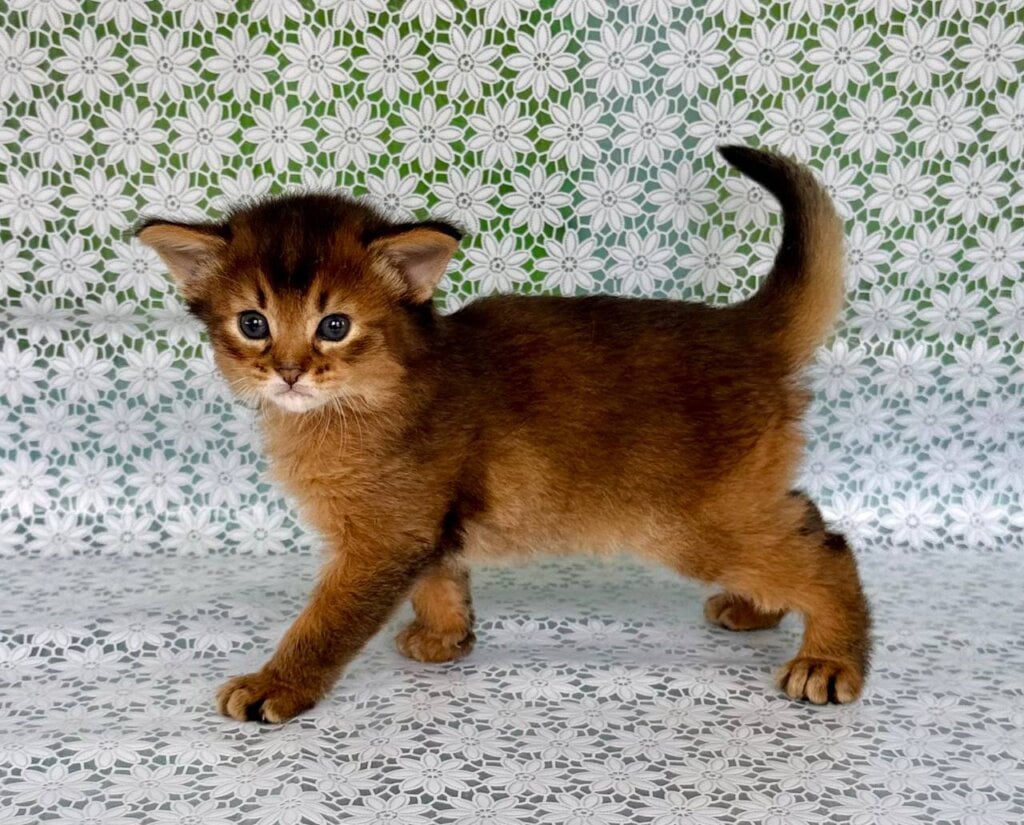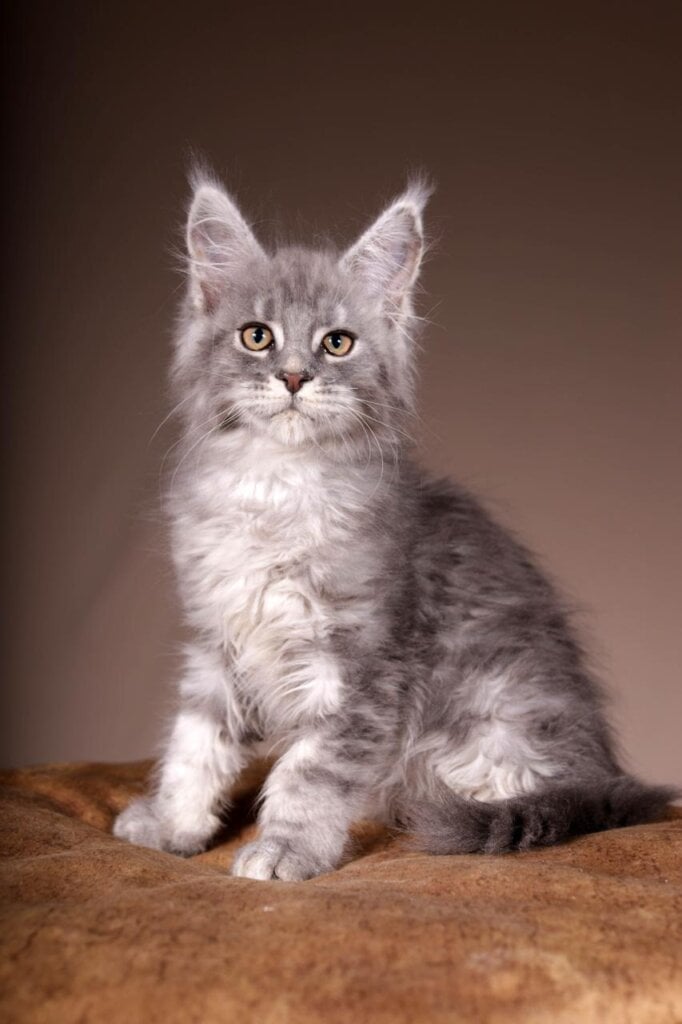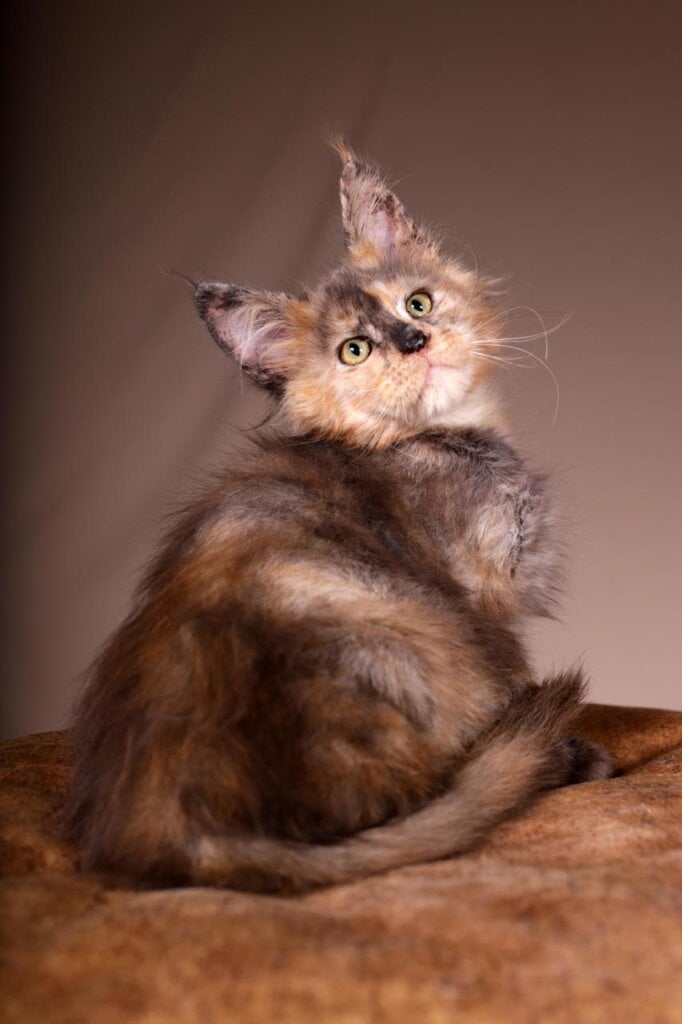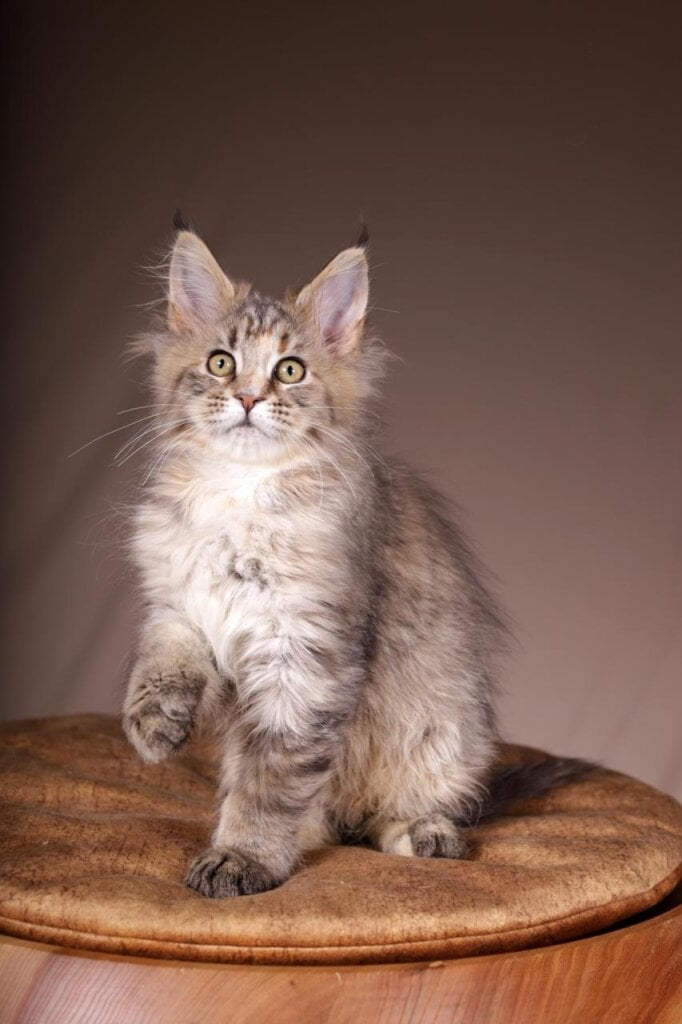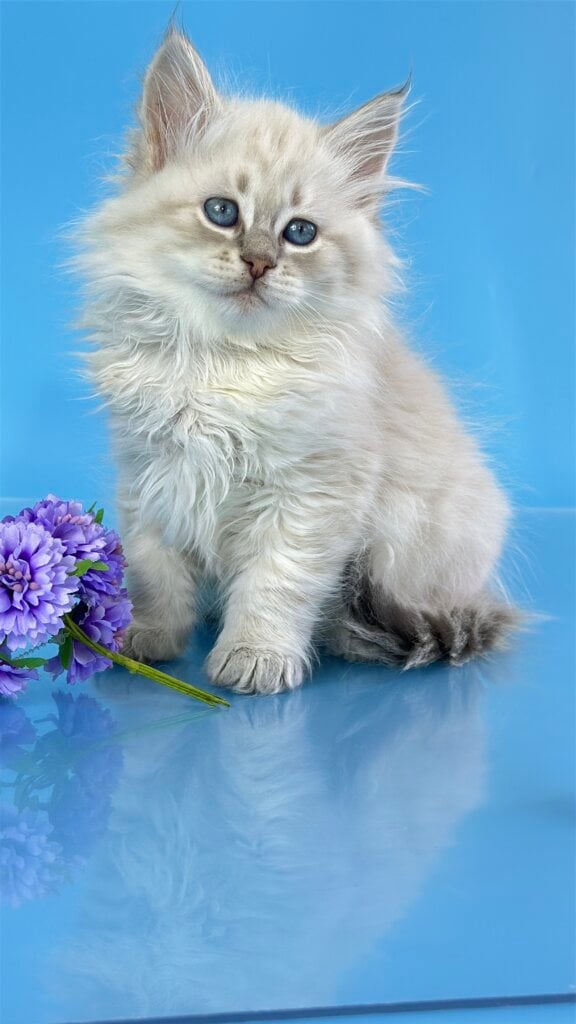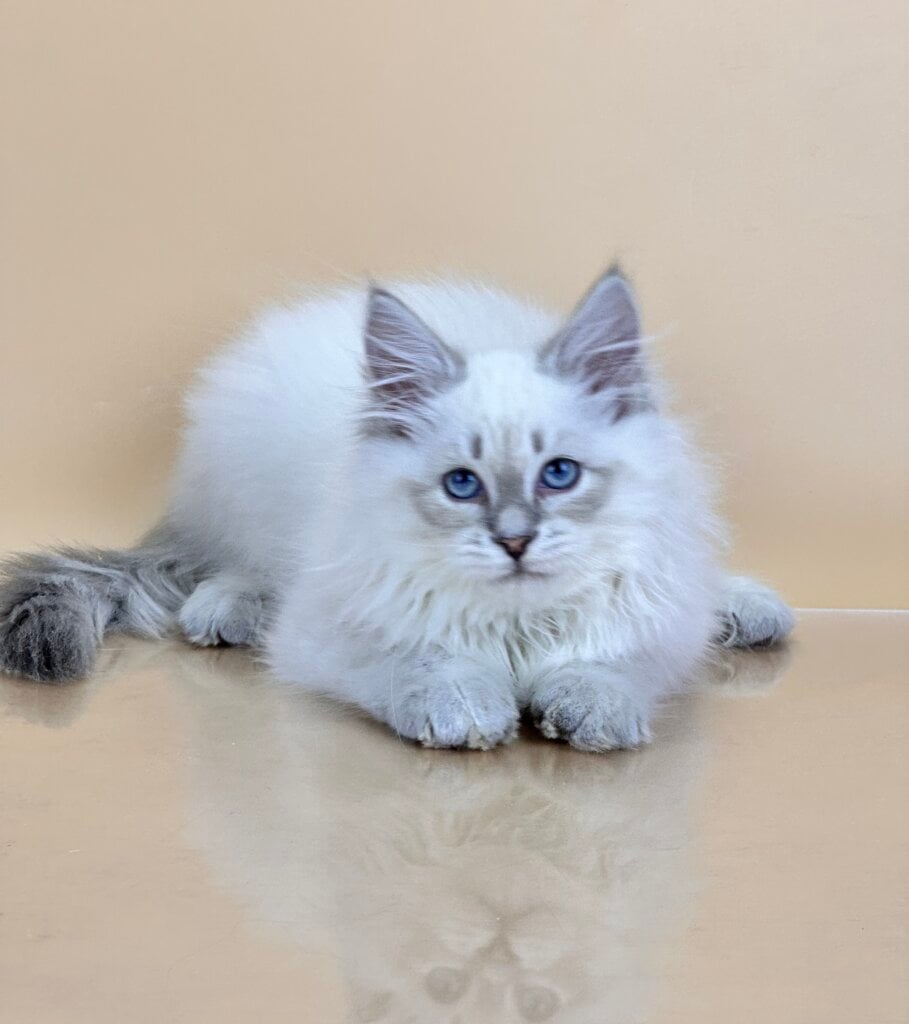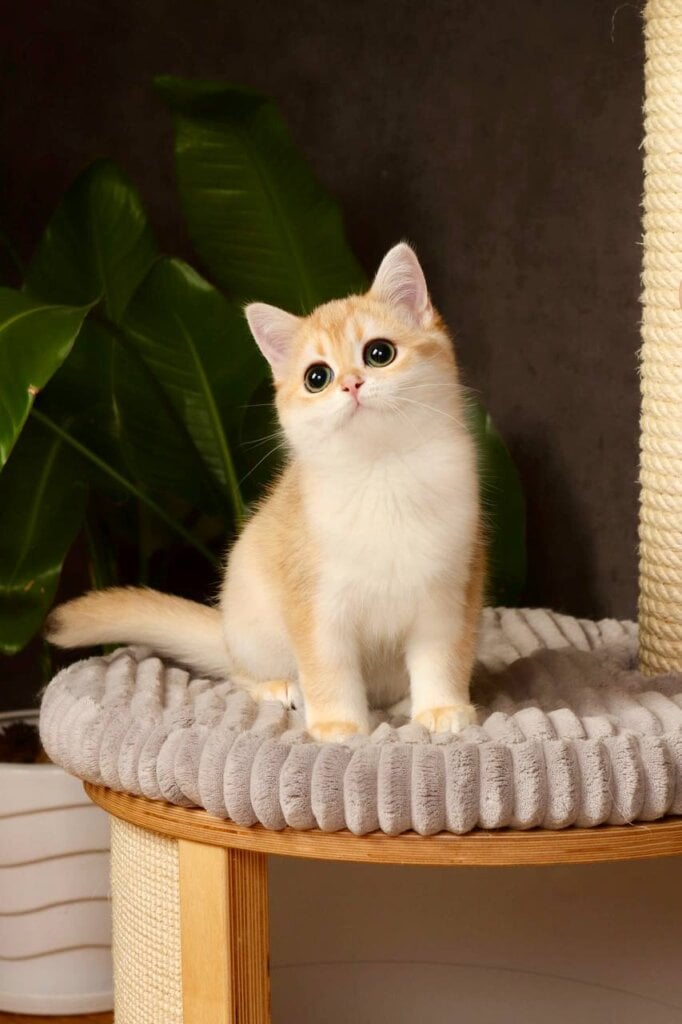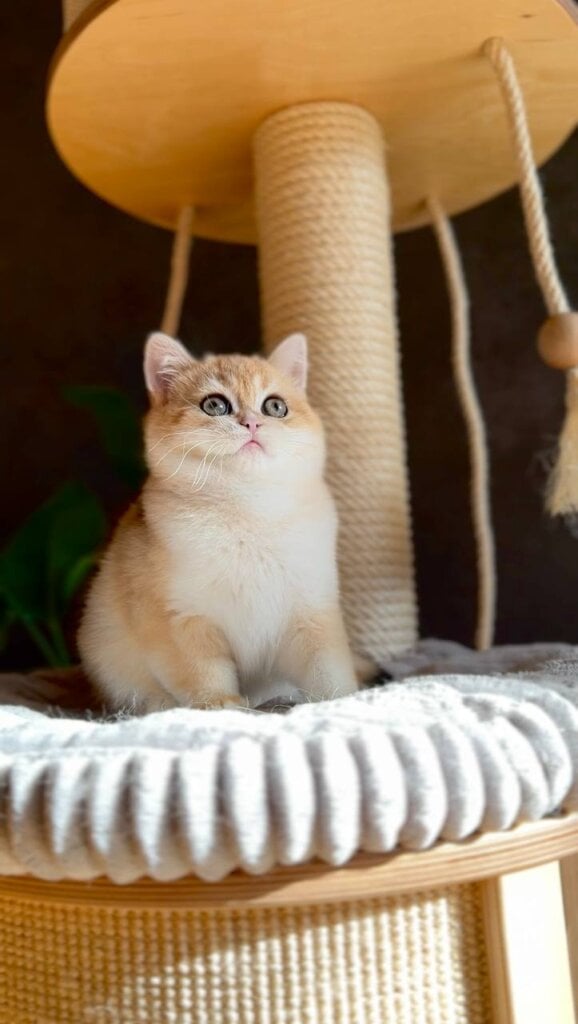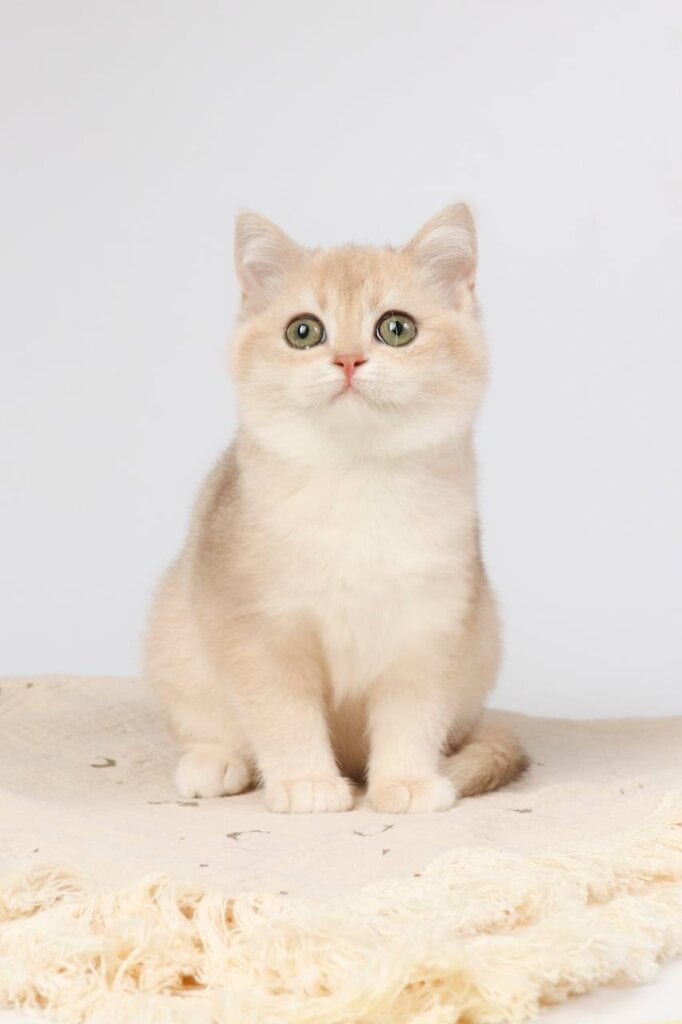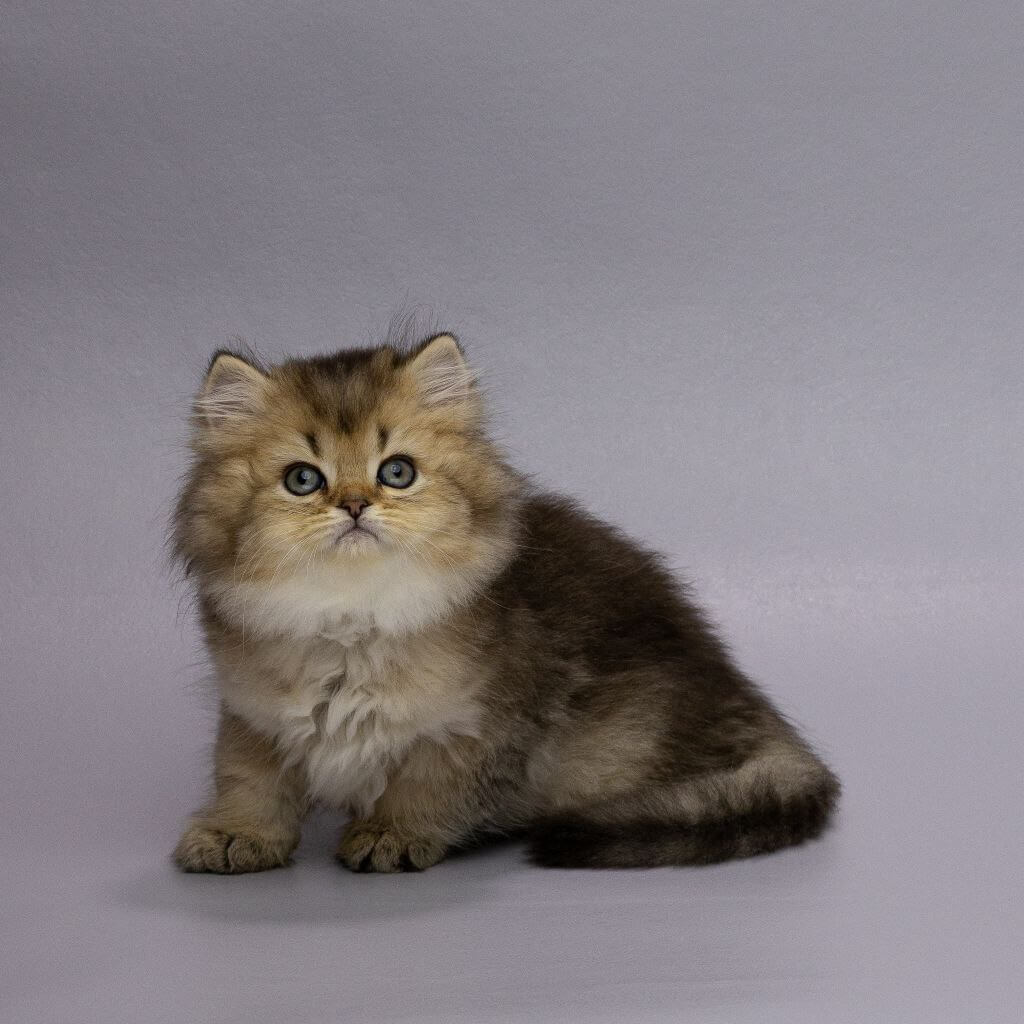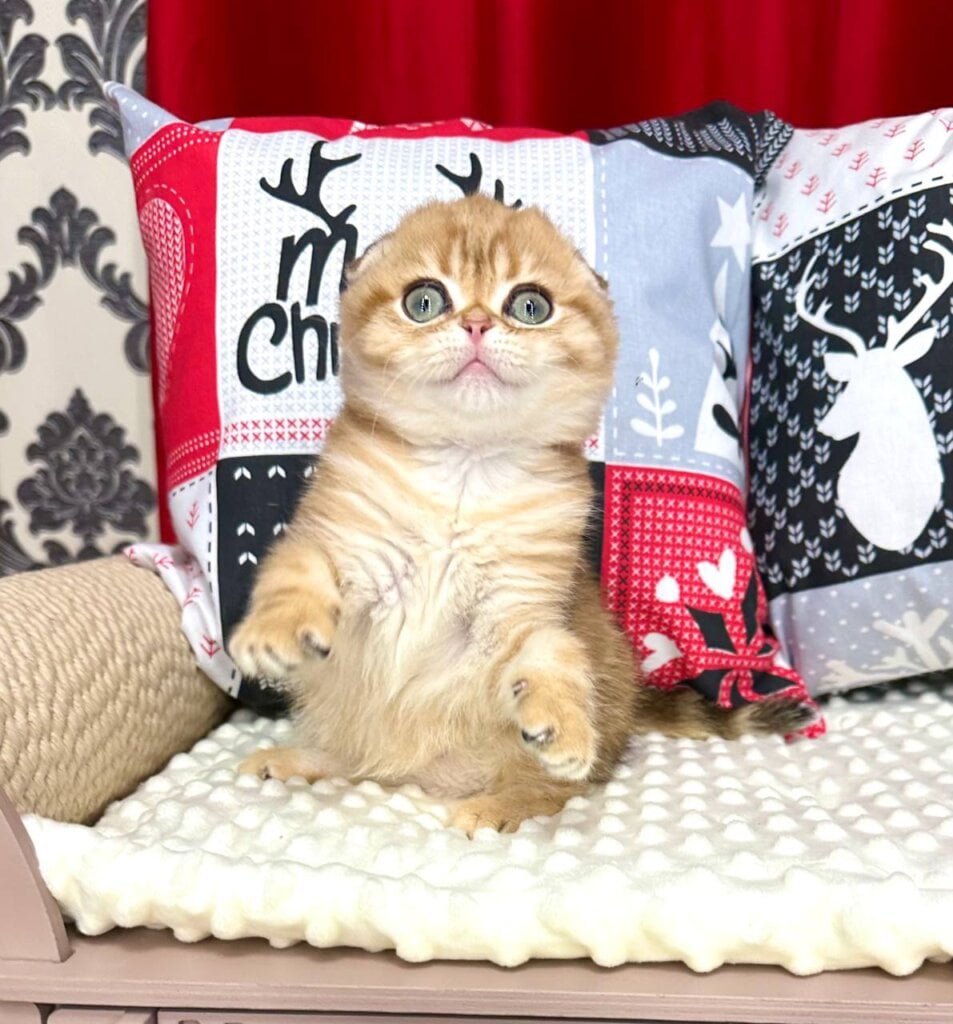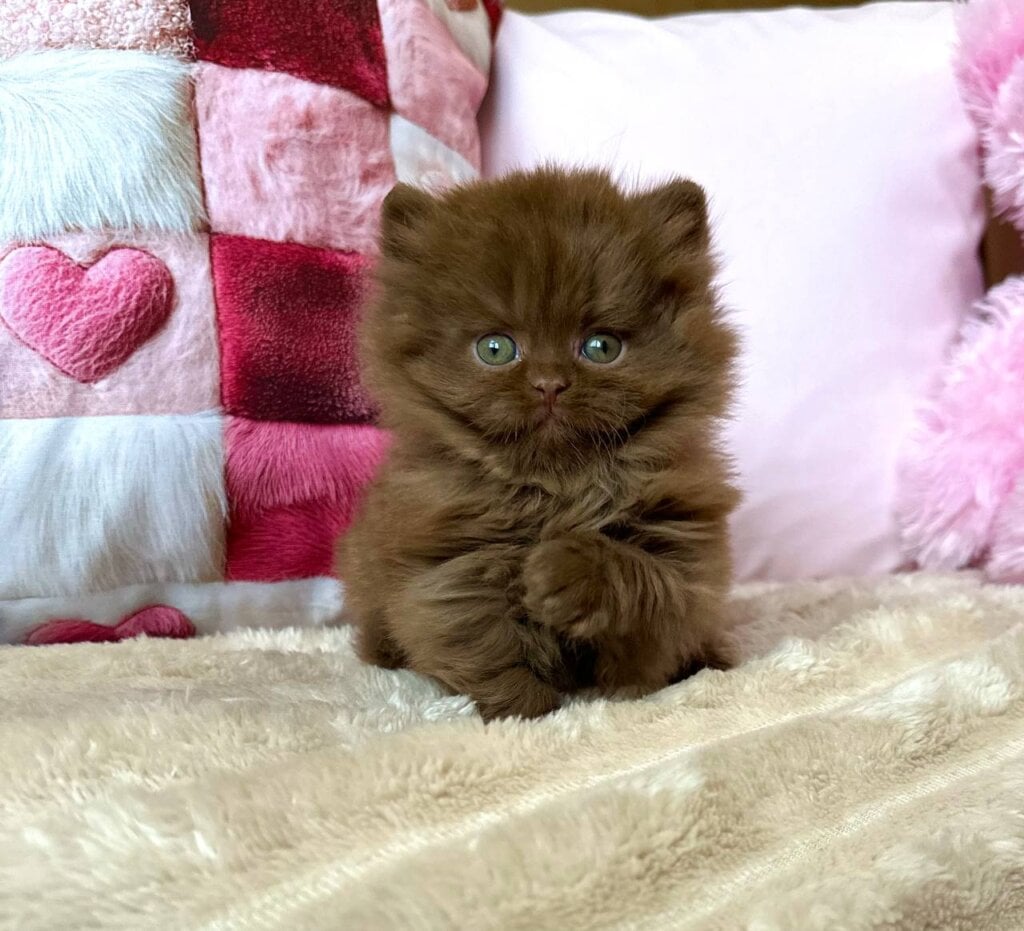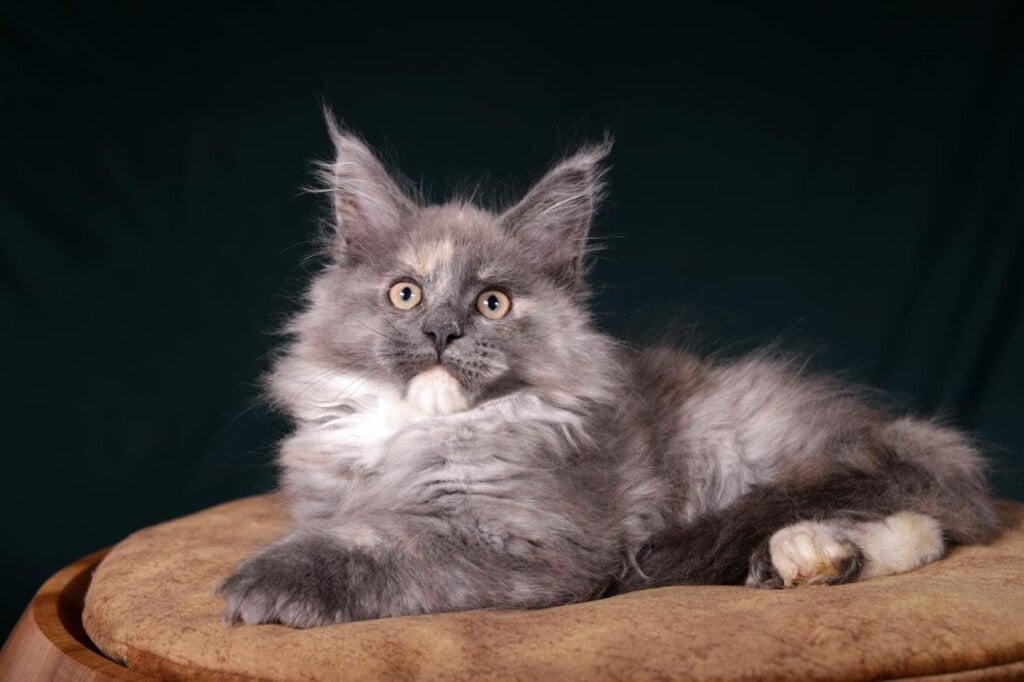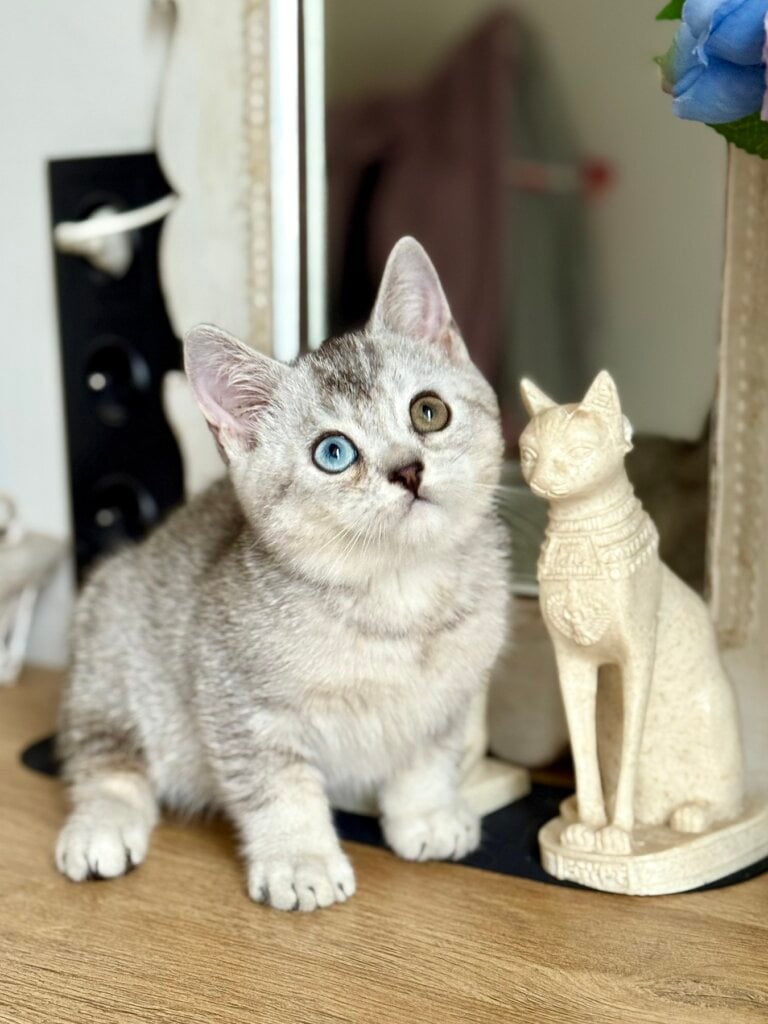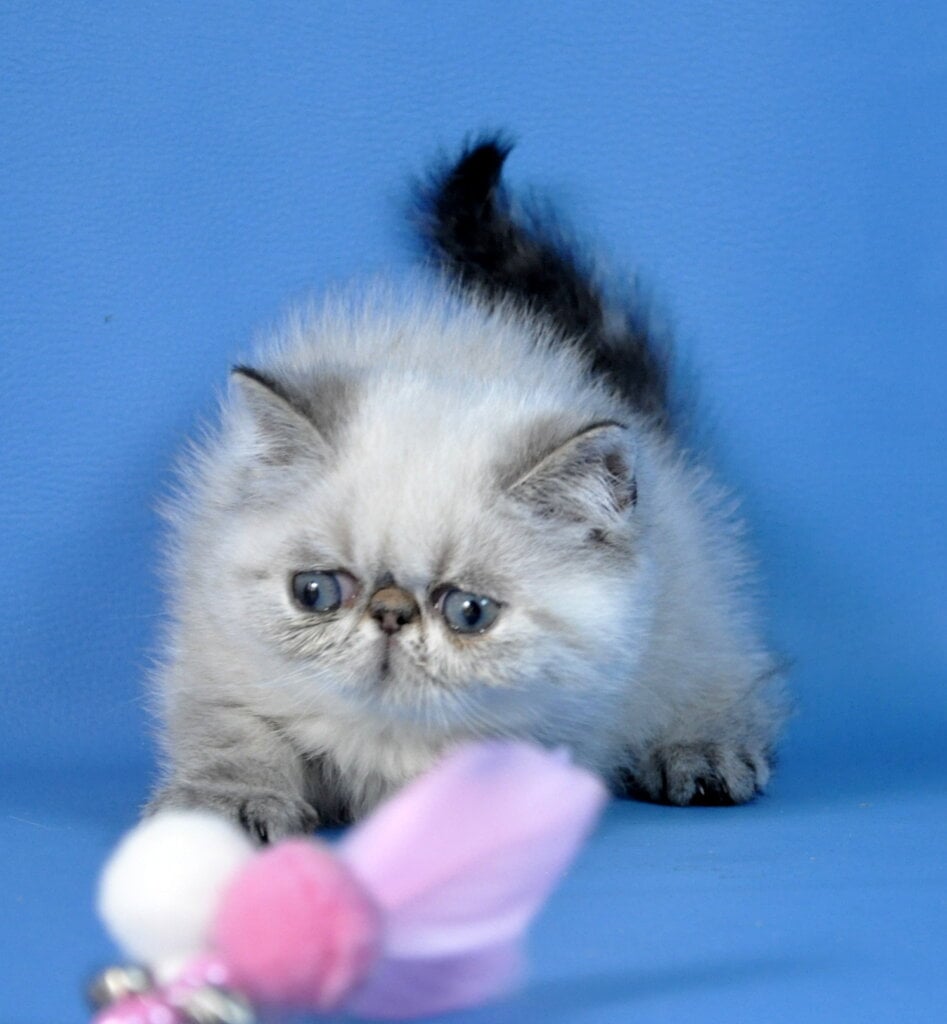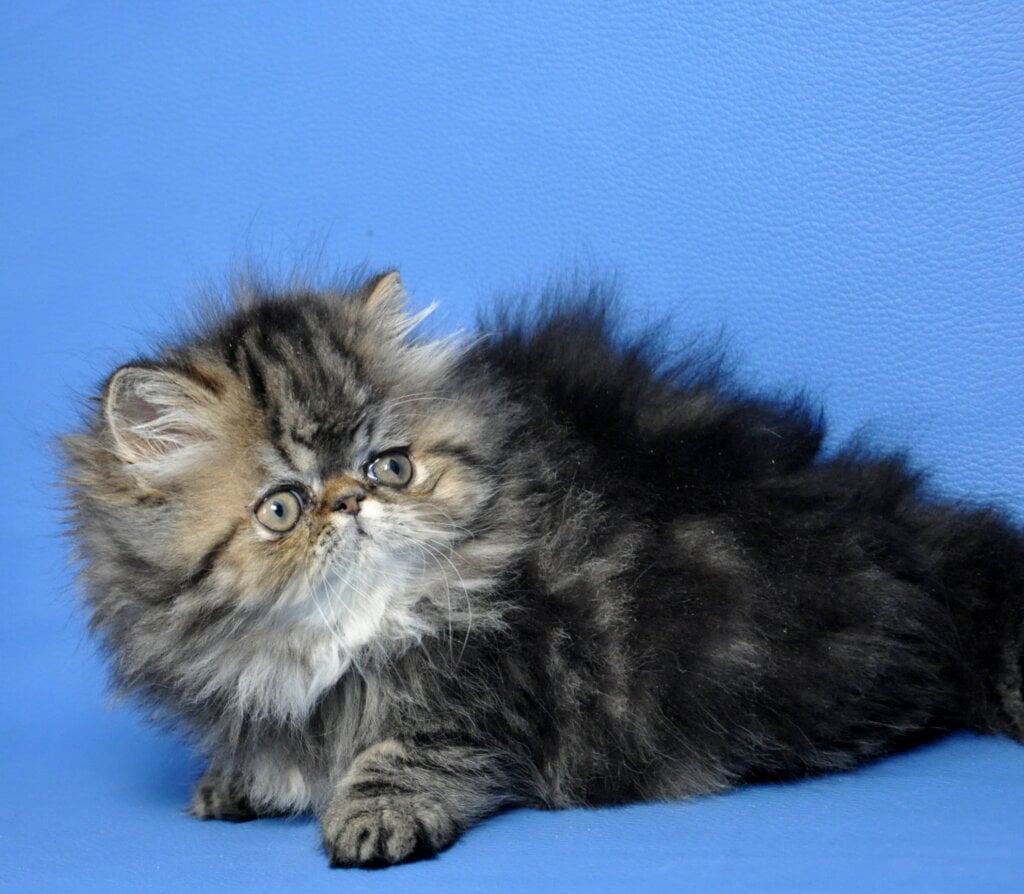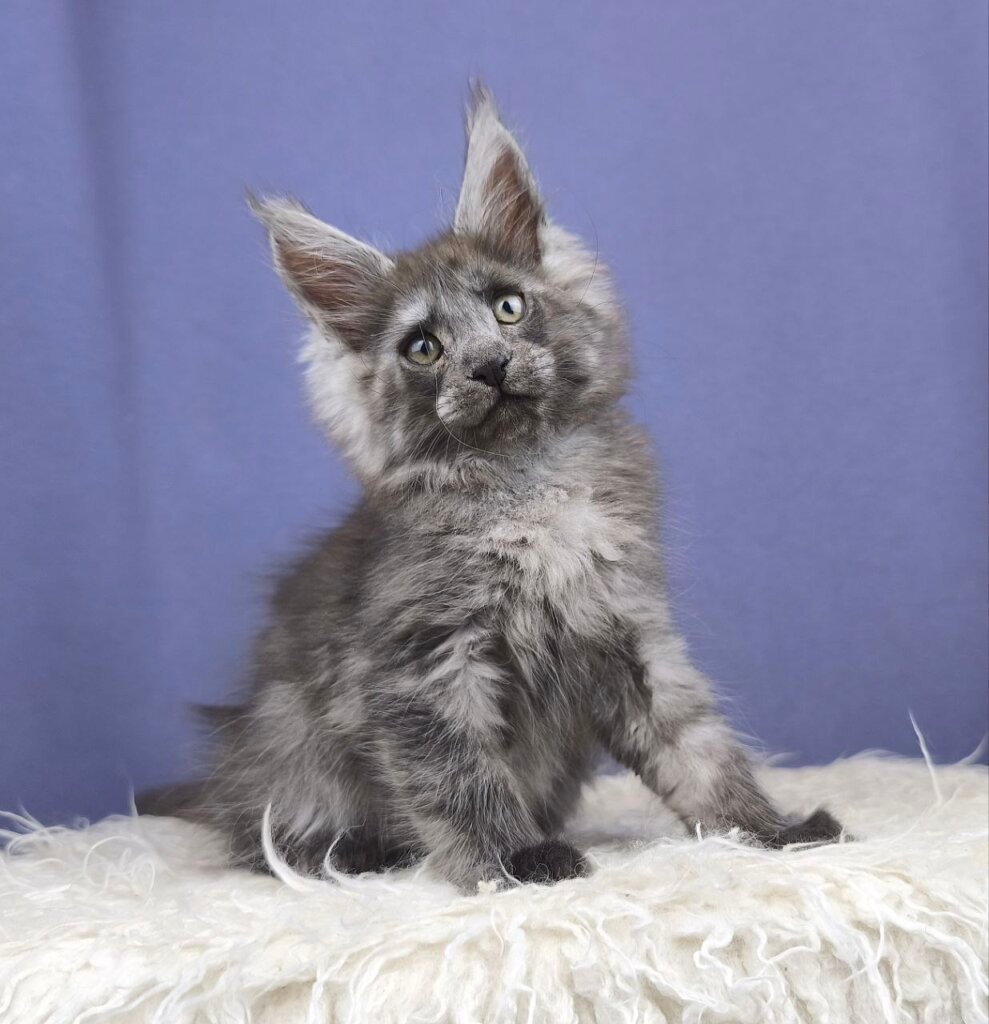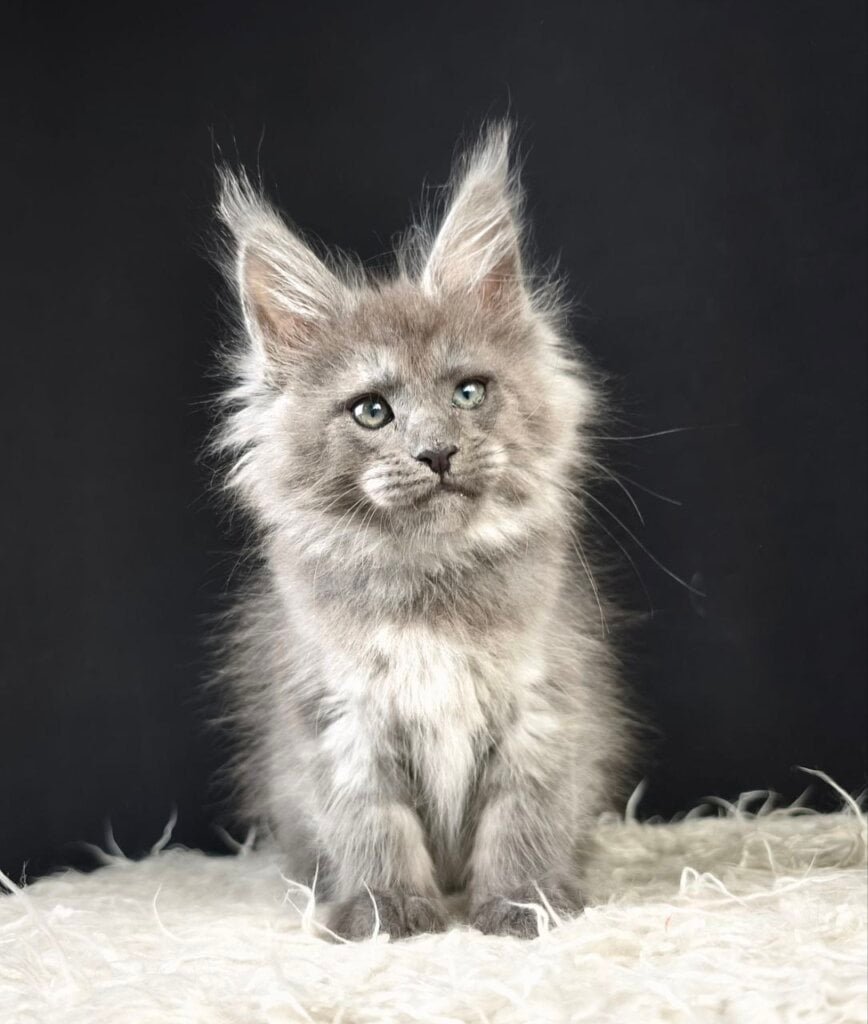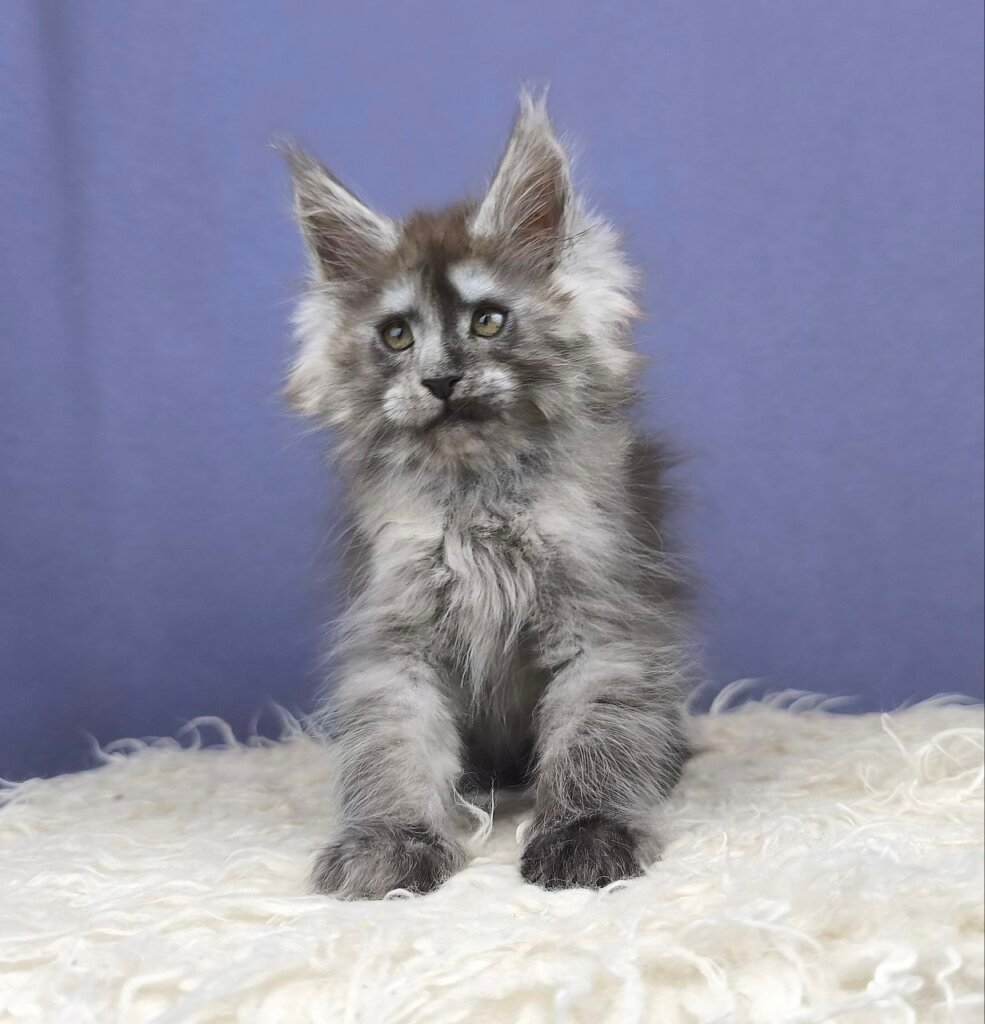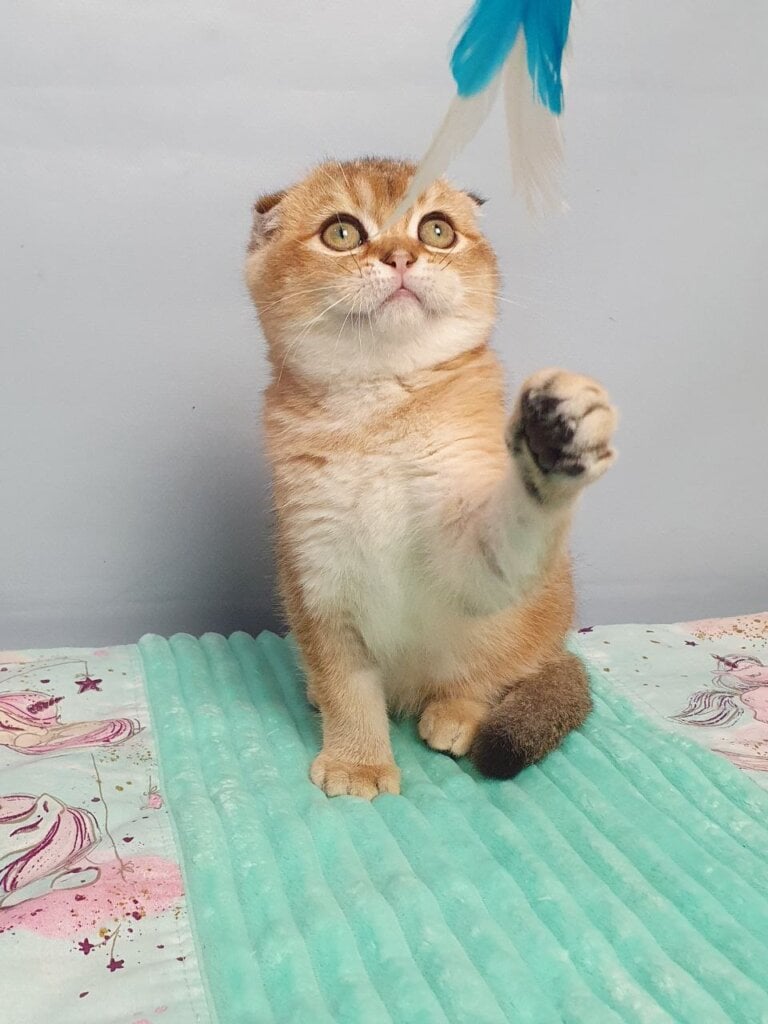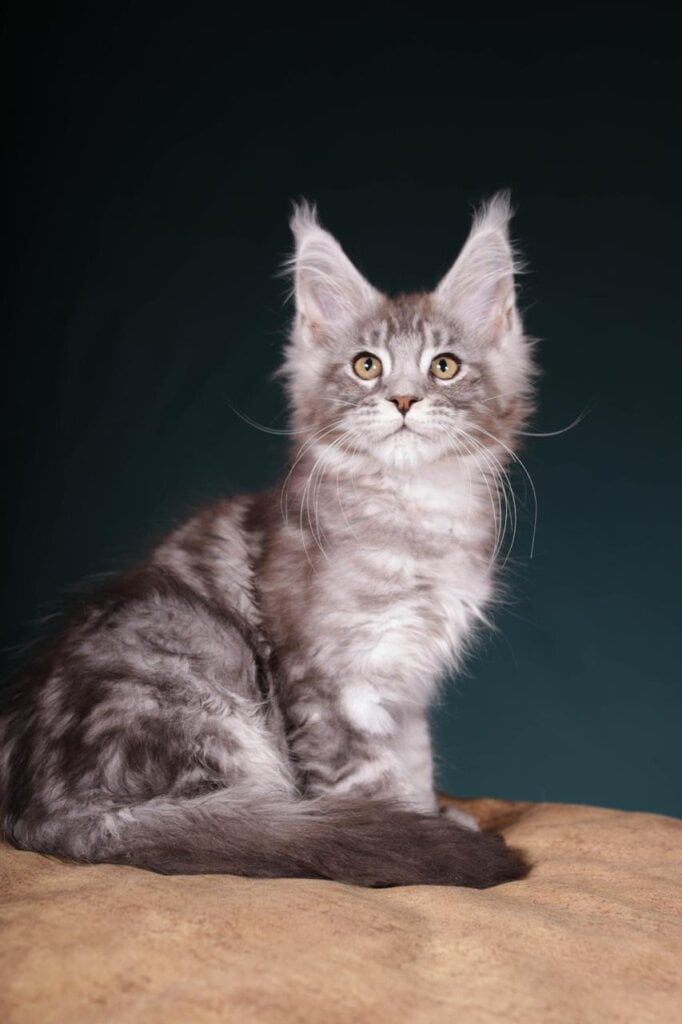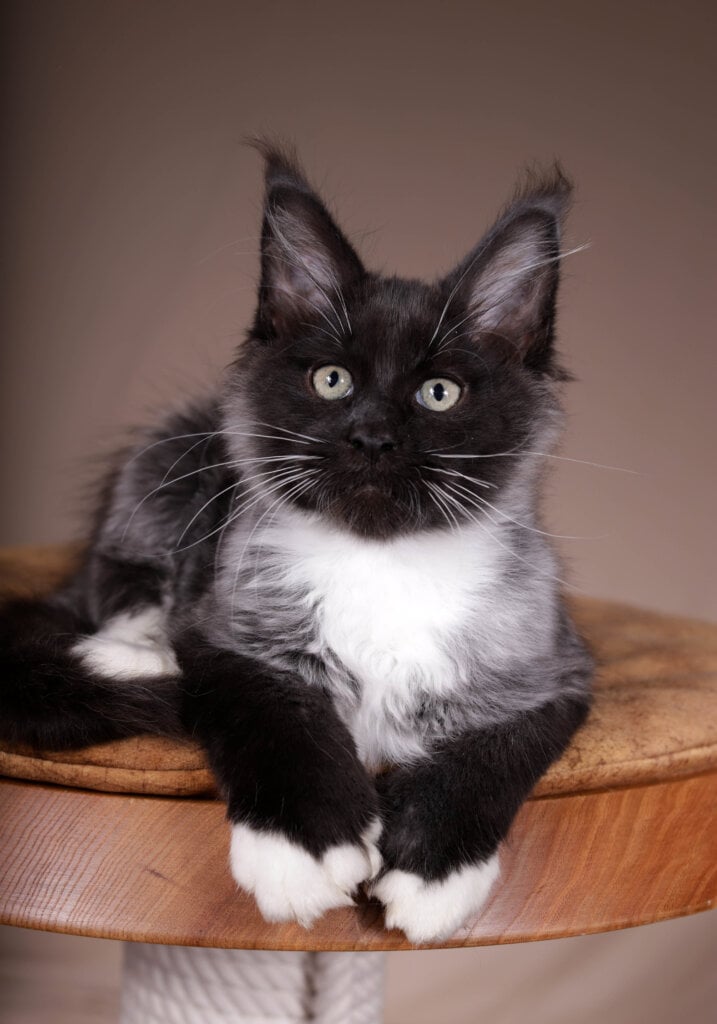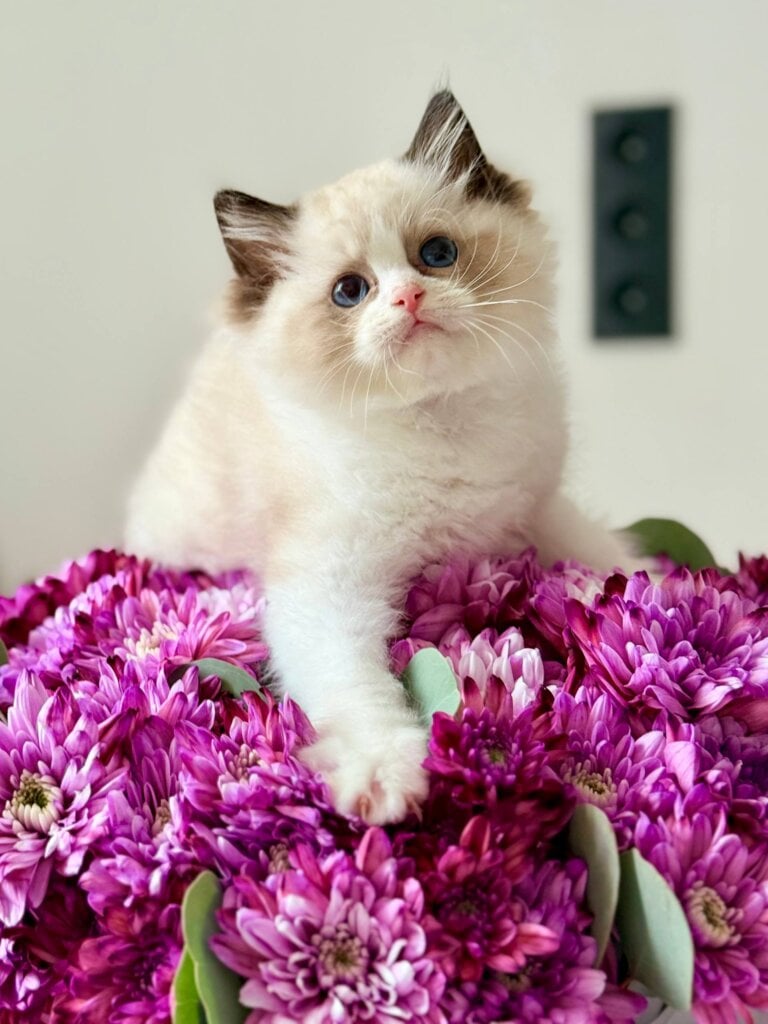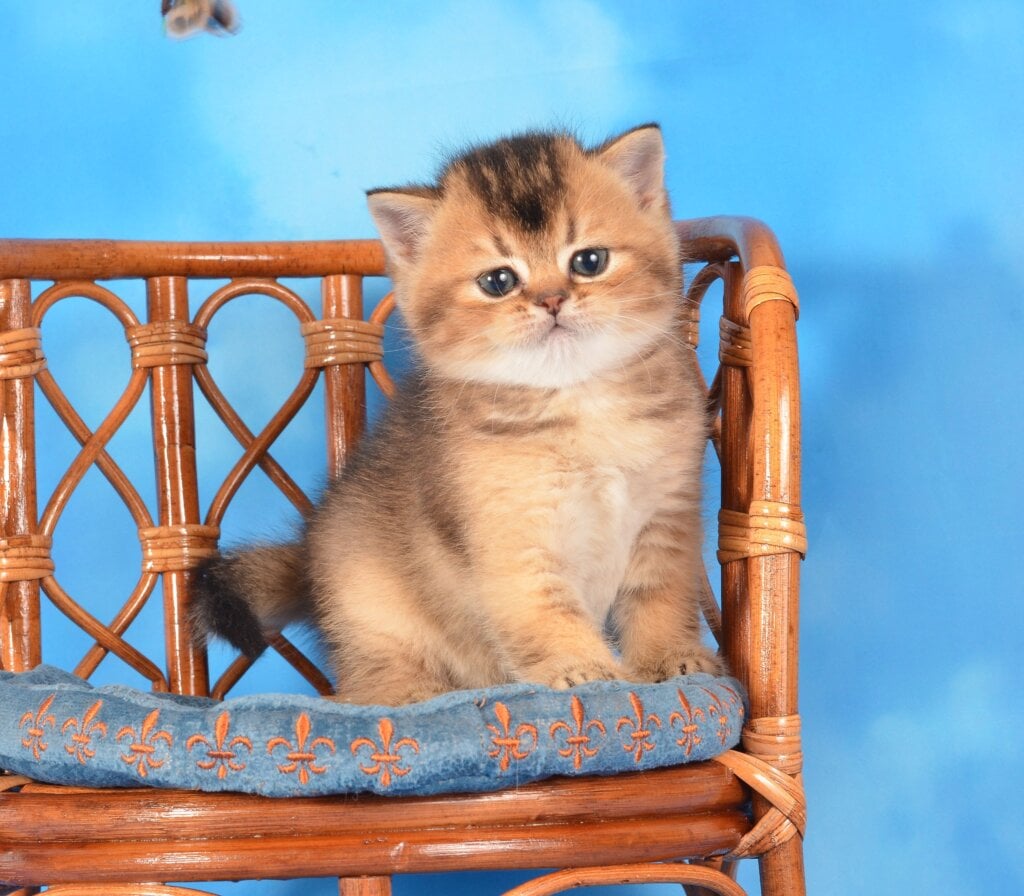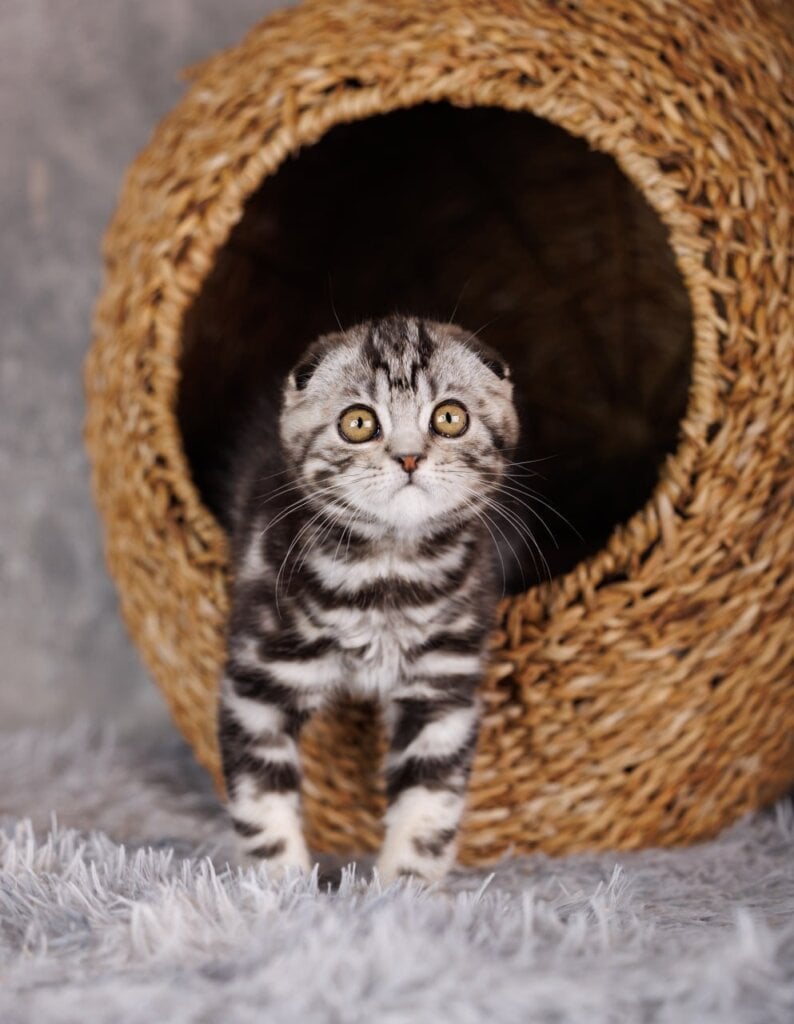Top Training Tips for Happy Kittens
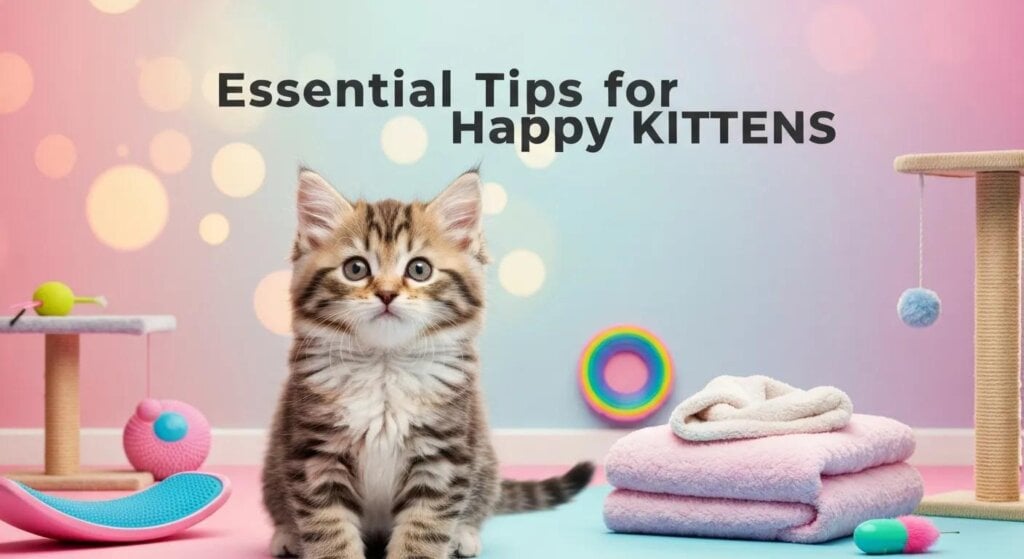
Essential Tips for Happy Kittens
Bringing a kitten home is the start of a relationship that rewards consistent training with a calm, curious companion. This guide delivers practical training tips for your new kitten, focused on immediate priorities like litter training, gentle handling, and building predictable feeding and play routines to reduce stress and speed learning. Many owners search for how to start training a new kitten and how to litter train a kitten quickly; this article answers those questions with step-by-step actions, breed-specific advice, behavior correction strategies for stopping biting and scratching, and positive-reinforcement methods such as clicker training kitten commands. You’ll learn quick troubleshooting for accidents, structured socialization techniques to shape a happy personality, and how to set routines that support long-term behavior. The sections that follow cover starting training, preventing biting and scratching, socialization windows, breed-specific kitten training, positive reinforcement approaches, daily schedules for feeding and play, and post-purchase supports that help training succeed.
How Do You Start Training a New Kitten?
Litter training, safe handling, and a calm environment are the core foundations when you bring a kitten into a home because predictable resources and gentle habituation create reliable learning conditions. Establishing these basics lets the kitten understand where to eliminate, how to accept handling, and when to expect play and feedings, which in turn reduces stress and accelerates other training. Early steps should prioritize a dedicated litter area, a quiet retreat for rest, and short handling sessions that teach the kitten touch tolerance and calm responses. These starter actions make later training — from clicker training kitten to leash acclimation in certain breeds — far more effective by strengthening trust and attention.
- Choose a small, quiet room as the kitten’s initial safe space and place the litter box, bed, food, and toys there to minimize confusion.
- Start gentle handling sessions several times a day for short periods, focusing on paws, ears, and gentle grooming to build habituation.
- Establish a predictable feeding and play schedule from day one so the kitten begins to anticipate routine interactions and rewards.
These immediate steps lead into focused litter-box techniques and supply selection that set owners up for success when introducing litter training and the specific tools needed for effective kitten training.
What Is the First Thing to Teach a Kitten?
The first behavioral goals are reliable litter-box use and comfortable human handling because elimination in the right place prevents household problems and handling habituation eases vet visits and grooming. Teach litter use by placing the kitten in the box after waking and after play, reinforcing success with a quiet praise or small treat; this links location with reward. For handling, use short, calm sessions that pair gentle restraint with soothing voices and treats so the kitten associates touch with positive outcomes. Consistent repetition and brief sessions—three to five minutes several times daily—build tolerance and confidence that support later training tasks like leash practice or grooming.
Litter success and handling comfort create a predictable baseline, which prepares owners to introduce specific litter types and placement strategies discussed in the next subsection on litter-box introduction.
How to Introduce Litter Box Training for Kittens?
Litter box training for kittens works best when you control placement, use kitten-appropriate litter and box size, and respond consistently to accidents because kittens form location habits quickly. Place one box per floor plus one extra in multi-room homes, keep boxes in quiet low-traffic areas, and use unscented, low-dust clumping litter for easy maintenance and kitten comfort. If an accident occurs, clean with an enzymatic cleaner and avoid scolding; instead, place the kitten back in the box and reward when they use it. Troubleshoot by checking box accessibility, litter depth (about 2–3 cm), and any sudden changes in household routine that could trigger avoidance.
- Common placement rule: one litter box per room of activity plus one extra to reduce box-competition stress.
- Maintenance: scoop daily and replace litter weekly to keep scent cues consistent.
- Troubleshooting tip: if a kitten avoids the box, try a lower-sided box or move it closer to previously used spots and reward use.
This practical approach to litter selection and placement naturally leads to selecting the supplies described next, including safe boxes, carriers, scratching posts, and training treats.
What Supplies Are Needed for Effective Kitten Training?
Choosing the right supplies supports each training goal because size, safety, and appropriate function enable kittens to learn reliably and without frustration. Essential items include a low-entry litter box sized for kittens, an unscented low-dust litter, a sturdy scratching post with sisal or cardboard surfaces, a lightweight harness and leash for breeds suited to leash training, a clicker for positive reinforcement, and small, high-value treats for reward timing. Optional but helpful items include puzzle feeders for enrichment and protective furniture deterrents to prevent damage. Select supplies that are kitten-sized, non-toxic, and stable to avoid accidents and ensure the kitten can interact confidently.
Below is a quick comparison of common training supplies to help owners choose the right items for early training.
| Item | Key Attribute | Best Use |
|---|---|---|
| Low-entry litter box | Shallow entry, kitten-sized | Easy access during litter training for young kittens |
| Unscented clumping litter | Low dust, absorbent | Clear scent cues and simple maintenance |
| Vertical scratching post | Sisal-wrapped, stable base | Redirects scratching, supports stretching |
| Clicker | Clear, repeatable sound | Precise marker for positive reinforcement |
| Small training treats | High-value, soft texture | Immediate reinforcement during sessions |
| Lightweight harness | Adjustable, padded | Leash acclimation for breeds that enjoy outdoors |
These essentials create a training toolkit that aligns with the stepwise techniques covered earlier and the enrichment strategies in later sections.
How Can You Stop Kitten Biting and Scratching?
Biting and scratching in kittens are largely rooted in play drive, teething, overstimulation, or fear, and addressing root causes plus consistent redirection is the most effective way to stop kitten biting and prevent destructive scratching. Immediate interventions include using toys rather than hands for play, pausing interaction when the kitten escalates, and providing chew-safe alternatives during teething. Long-term prevention involves enrichment, scheduled play to exhaust excess energy, and teaching acceptable targets for claws and mouths through reward-based reinforcement. These strategies reduce reactive responses and help kittens form predictable behavior patterns that respect human boundaries.
- Identify triggers by noting when biting or scratching occurs—during play, when approached, or around certain stimuli.
- Substitute appropriate toys immediately when the kitten targets skin or furniture so the behavior is redirected.
- Use consistent consequences such as a calm timeout or withdrawal of attention to teach boundaries without escalating fear.
These redirection actions transition naturally to understanding specific causes, which clarifies tailored responses covered in the following subsection.
What Are Common Causes of Biting and Scratching in Kittens?
Kittens bite and scratch for play, teething relief, overstimulation, or defensive fear responses because their motor skills and bite inhibition are still developing. Play biting typically involves pouncing and light nips during chase games, while teething causes more persistent chewing on objects to soothe gums. Overstimulation shows as sudden nips during petting sessions and is often preceded by tail flicks or flattened ears; fear-based scratching appears with hissing or wide pupils. Identifying these signals allows owners to apply specific corrections—redirect play to toys, offer teething-safe options, or remove stimuli causing fear—so the kitten learns appropriate outlets.
Recognizing these causes points us to targeted positive reinforcement techniques that help prevent biting in the medium and long term.
Which Positive Reinforcement Techniques Help Prevent Biting?
Positive reinforcement kitten training reduces biting by rewarding calm alternatives and shaping bite inhibition through timed rewards, praise, and clicker pairing because kittens learn what behavior produces desirable outcomes. Use immediate reinforcement—treat or click within one second of the desired action—to create a clear association, and replace hands with wand toys to teach gentle play. Ignore or calmly end play if the kitten bites hands, then reward calm behavior when the kitten re-engages without using teeth. A short example session: three one-minute play bursts with a wand toy, then 30 seconds of quiet reward-based handling to reinforce softness.
- Use a clicker or marker word paired with treats to mark gentle play.
- Offer chew-safe toys during teething and reward use to build preference.
- Keep training sessions brief to maintain attention and reduce overstimulation.
These methods work hand-in-hand with environmental redirection strategies detailed next for scratching prevention.
How to Redirect Unwanted Scratching to Appropriate Toys?
Redirecting scratching begins by offering desirable scratching surfaces and immediately rewarding use because kittens choose surfaces that meet their stretching and scent-marking needs. Place vertical and horizontal posts near furniture that the kitten targets, rub catnip or use interactive toys on the post to attract interest, and reward first touches to reinforce the choice. If a kitten scratches furniture, calmly move them to the post and praise when they engage; persistent furniture scratching may need deterrents like furniture covers while increasing accessible scratching options. Over weeks, consistent rewarding of correct surfaces reshapes scratching habits into acceptable outlets.
- Choose posts with different textures to find the kitten’s preference.
- Reward correct scratching immediately to strengthen the new habit.
- Protect favorite furniture temporarily while training is reinforced.
Supporting environment changes and enrichment then naturally tie into broader socialization strategies in the next major section.
How Do You Socialize a New Kitten for a Happy Personality?
Socialization shapes a kitten’s reactions to people, pets, and novel environments by pairing new experiences with positive outcomes during the critical window before 16 weeks, so planned exposure reduces fear and builds curiosity. A phased plan introduces sights, sounds, handling, and supervised interactions in short, controlled bursts that emphasize calm rewards and gentle withdrawal if stress signals appear. Socializing to different people, gradual pet introductions, and structured environmental enrichment like perches and puzzle feeders cultivate confidence and reduce stranger-directed stress or aggression. These practices create a kitten that tolerates vet visits, enjoys grooming, and transitions smoothly into multi-pet households.
Effective socialization requires gradual exposure; the next subsection explains why early timing matters and what behavioral outcomes owners can expect when they follow this schedule.
Why Is Early Socialization Important for Kittens?
Early socialization is critical because kittens form lasting responses to humans, animals, and environments during a sensitive developmental window, with experiences before 16 weeks strongly influencing adult temperament. Positive handling and diverse exposures reduce fear responses and make grooming, veterinary care, and household noise less stressful for the cat later in life. When breeders or caregivers provide repeated, gentle experiences, kittens show faster adaptation to routines and less reactive behavior. This early groundwork shortens training timelines and eases acquisition of further skills like leash walking or advanced clicker training.
Understanding timing and benefit of early socialization leads into practical steps for introducing kittens to people and other pets safely, which follows next.
How to Introduce Your Kitten to People and Other Pets?
Introduce people and pets using short, supervised sessions that pair calm greetings with treats because kittens learn to associate new individuals with pleasant outcomes rather than threat. For people, allow the kitten to approach and offer a treat; avoid forcing contact and teach children to sit still and use quiet voices. For dogs or other pets, begin with scent exchanges (cloth rubbed on each animal) and separate visual contact through a barrier before controlled on-leash meetings; reward calm behavior from both animals. Watch for stress cues—hiding, hissing, or flattened ears—and pause the session if the kitten shows distress, resuming at a lower intensity later.
These supervised introduction protocols help build positive social habits, and they connect directly to environmental enrichment strategies that encourage exploration and play.
What Are the Best Ways to Create a Stimulating Environment?
A stimulating environment supports learning by providing puzzles, vertical space, and varied toys that meet a kitten’s curiosity and exercise needs, reducing boredom-related behaviors like scratching or biting. Use puzzle feeders to link cognitive effort to food rewards, rotate toys weekly to sustain novelty, and add perches and hiding spots to enable safe retreats. Schedule two to four short interactive play sessions daily that mimic hunting sequences—stalk, pounce, capture, reward—to channel natural instincts into manageable outlets. Safe, consistent complexity in the environment encourages exploration and prepares kittens for more advanced training tasks.
These enrichment techniques also inform breed-specific training tactics discussed in the next section, which tailor socialization and exercise to each kitten’s temperament.
What Are Breed-Specific Training Tips for Popular Kitten Breeds?
Breed-specific kitten training adapts general methods to temperament and energy profile because breeds like Maine Coon, British Shorthair, Scottish Fold, Ragdoll, and Devon Rex have predictable tendencies that influence optimal approaches. Tailoring training increases efficiency: high-energy breeds need structured play and leash acclimation, calmer breeds benefit from slow, patient handling, and sensitive breeds require gentler, shorter sessions. MeoWoff Kittens offers these breeds and practices early socialization, which supports the breed-focused recommendations below by providing kittens with basic handling and litter habits before adoption. Knowing a breed’s tendencies informs play schedules, grooming habituation, and which enrichment strategies to prioritize.
This overview leads into practical, breed-by-breed tactics starting with leash work and play for Maine Coons.
Below is a quick reference table that maps each breed to its temperament and a focused training tip to guide owners in applying breed-specific strategies.
| Breed | Typical Temperament | Training Focus |
|---|---|---|
| Maine Coon | Playful, high energy | Structured play sessions and gradual leash acclimation |
| British Shorthair | Calm, reserved | Slow introductions and grooming habituation |
| Scottish Fold | Gentle, sometimes sensitive | Gentle handling and short social sessions |
| Ragdoll | Affectionate, relaxed | Reinforce calm handling and close-contact routines |
| Devon Rex | Active, curious | High-interaction play and vertical enrichment |
This breed-focused mapping helps owners prioritize which training tactics to emphasize for their kitten’s natural tendencies.
How to Train a Maine Coon Kitten for Play and Leash Walking?
Maine Coon kittens respond well to structured play and gradual harness training because their high play drive benefits from predictable outlets and outdoor enrichment. Start harness acclimation by allowing the kitten to wear the harness indoors for short periods, reward calm behavior, and then add brief leash walks in a quiet area once the kitten tolerates the harness. Combine leash sessions with reward-based recall drills and limit outdoor time initially to low-distraction settings. Schedule longer interactive play sessions earlier in the day to manage energy and reduce overstimulation during handling or training.
These harness and play strategies rely on early socialization and gentle reinforcement, which MeoWoff Kittens provides through handled, habituated kittens prior to adoption.
What Are Key Training Tips for British Shorthair Kittens?
British Shorthair kittens often benefit from a patient, low-pressure approach because they tend to be calm and may need encouragement to engage in novelty. Use slow, predictable introductions to new rooms and people, offering treats for approaching unfamiliar objects and gentle handling sessions that gradually extend contact duration. Grooming habituation is best introduced as short, positive experiences with praise and treats to make future maintenance easier. Emphasize calm play that avoids overstimulation while still meeting the kitten’s moderate activity needs.
These patient methods pair well with breeders’ early handling practices that reduce fear and speed adaptation to home routines.
How to Socialize and Train Scottish Fold Kittens?
Scottish Fold kittens require gentle techniques because some individuals show increased sensitivity around the head and ears, making careful handling essential. Focus on short, frequent social sessions that include soft petting around the body first, slowly progressing to gentle ear and face handling as tolerance increases. Avoid loud, sudden stimuli and reward calm responses with treats or brief play breaks. Over time, regular gentle exposure builds confidence and decreases protective reactions during routine care.
Gradual exposure strategies align with best practices for minimizing stress and encourage consistent cooperation during vet and grooming visits.
What Special Considerations Apply to Ragdoll and Devon Rex Kittens?
Ragdoll kittens typically enjoy close contact and benefit from gentle handling reinforcement, while Devon Rex kittens require plenty of interactive play and vertical space due to their curiosity and agility. For Ragdolls, reinforce calm holding and provide predictable lap time rewarded with gentle praise to maintain their affectionate behavior. For Devon Rex, prioritize climbing structures, puzzle toys, and high-frequency short play sessions to channel curiosity productively. Both breeds respond well to reward-based training but differ in energy and stimulation needs, so owners should adapt session length and intensity accordingly.
Selecting breed-appropriate enrichment and training cadence ensures each kitten’s temperament is respected while promoting learning.
How Can Positive Reinforcement Improve Kitten Training Success?
Positive reinforcement accelerates learning because rewarding desired behaviors with timely treats, play, or attention increases the likelihood those behaviors recur, and clear markers like a clicker make the reward contingency precise. Using small, high-value treats and pairing a clicker or marker word with that treat creates a semantic link the kitten understands: behavior → marker → reward. Short, frequent sessions—three to five minutes several times daily—maximize attention and prevent fatigue, while gradually increasing difficulty preserves success rates. This approach suits a range of goals from litter habits to clicker training kitten commands and reduces stress compared with punishment-based tactics.
Below is a practical list of reinforcement principles and a table showing reward types with suggested usage to guide owners in choosing appropriate reinforcers.
- Use immediate marking (click or word) followed by a reward within one second to create a clear association.
- Keep treats tiny—pea-sized—to avoid overfeeding while enabling many repetitions in a session.
- Fade food rewards into praise and play over time so behaviors remain robust without constant treats.
This set of principles leads into specifics about treat choices and how to structure clicker sessions for reliable results.
What Are Effective Treats and Rewards for Kittens?
Effective kitten rewards are small, soft, and high-value so they are consumed quickly and delivered frequently during training; common choices include tiny pieces of cooked chicken, commercial soft training treats, or special wet-food tidbits. Non-food rewards like a brief interactive play burst or gentle praise can also serve as reinforcers once the behavior is well established. Portion control matters: limit total training treats to a modest percentage of daily calories to avoid weight gain. Monitor for food sensitivities and rotate reward types to maintain high interest during sessions.
Selecting the right reward type supports the reward schedules shown in the EAV table below, which clarifies when to use each reward form.
| Reward Type | When to Use | Recommended Size/Frequency |
|---|---|---|
| Soft training treats | Teaching new behaviors | Pea-sized, multiple times per short session |
| Cooked lean meat | High-value reinforcement | Tiny pieces, rare use for difficult steps |
| Play (toys) | Substitute for food rewards | 30-60 second play bursts as reward |
| Praise/affection | Maintenance phase | Verbal praise and gentle petting after success |
This rewards table helps owners choose appropriate reinforcers and balance food with play for sustained learning.
How to Use Clicker Training for Kitten Obedience?
Clicker training begins by pairing the click sound with a treat until the kitten looks for a reward after the sound, establishing the click as a precise marker for correct behavior. Once paired, break commands into tiny steps (shaping), mark successive approximations with the click, then reward so the kitten links small progress to reinforcement. Keep sessions short and end on a success note to maintain motivation; if the kitten becomes distracted, end the session and try again later. Troubleshoot by ensuring marker timing is consistent and rewards are high-value during early stages.
Clicker training’s precision reduces ambiguity and speeds acquisition of basic commands, which fits into routine play and feeding schedules discussed next.
How Long Does It Take to Train a Kitten Using Positive Methods?
Training timelines vary: litter training often takes days to a couple of weeks with consistent reinforcement, while shaping new behaviors like recall or leash walking commonly requires weeks to months depending on frequency and the kitten’s prior socialization. Factors that speed progress include early socialization, breed predisposition, regular short sessions, and consistent household rules; factors that slow learning include intermittent reinforcement, inconsistent handling, and underlying fear. Set realistic short-term goals—daily small wins—and expect incremental improvement rather than instant mastery.
Understanding typical timelines helps owners set expectations and remain consistent, which supports the daily routines described in the next section.
How Do You Establish Healthy Routines for Feeding, Play, and Sleep?
Consistent feeding, play, and sleep routines regulate a kitten’s energy, reduce anxiety, and provide predictable windows for training because kittens learn best when their environment is stable and cues are reliable. A sample daily structure includes morning and evening feeding, two to four short interactive play sessions (5–10 minutes each), and quiet rest periods with access to a safe sleeping area. Using mealtimes as training opportunities—calling the kitten to a mat before serving or practicing sit cues—creates natural reinforcement opportunities. Predictable sleep environments that are quiet, dim, and separate from active household areas reduce nighttime disruptions and support daytime learning.
Below is a sample schedule and recommendations for creating a sleep-friendly environment to stabilize behavior and optimize training opportunities.
- Morning feeding followed by a short play session to mimic hunt-consume-rest cycles.
- Midday enrichment with puzzle feeders or supervised free play to reduce boredom.
- Evening play and a final feeding an hour before bedtime to encourage settle-down behavior.
These routine elements directly reduce problem behaviors and prepare kittens for structured training sessions described earlier.
Why Are Consistent Feeding and Play Schedules Important?
Consistent feeding and play schedules matter because predictable resource availability reduces anxiety and unwanted behaviors that arise from uncertainty, making training cues more meaningful to kittens. Mealtime can become a cue for training—calling the kitten to sit or wait before eating builds impulse control—while regular play sessions channel predatory energy into constructive activity. Predictability also supports physiological regulation, making kittens calmer and more attentive during short training bursts. Over time, these routines create a stable environment in which learning consolidates efficiently.
Linking feeding and play to training provides owners regular opportunities for reinforcement and behavior shaping throughout the day.
How to Create a Sleep-Friendly Environment for Your Kitten?
A sleep-friendly environment is quiet, slightly elevated, and free of bright lights or loud noises because kittens sleep most of the day and need uninterrupted rest to process learning and maintain health. Provide a comfortable bed or heated pad in a low-traffic area, avoid feeding immediately before bed, and use a calming pre-sleep routine—gentle play wind-down followed by quiet petting—to signal rest time. If nighttime activity is an issue, increase evening play intensity earlier and shift feeding earlier to reduce late-night hunger-driven behavior. Consistent bedtime cues help the kitten anticipate rest rather than seeking attention by meowing or play.
These sleep strategies enhance daytime focus for training and reduce nighttime disruption that undermines learning.
What Role Does Routine Playtime Have in Behavior Management?
Routine playtime channels predatory instincts into predictable sessions that tire kittens appropriately, decreasing the likelihood of bite- or scratch-driven misbehavior and supporting training success. Interactive play mimicking the hunt sequence—stalk, pounce, capture, reward—teaches impulse control and provides natural rewards for effort, which trainers can repurpose during reinforcement exercises. Regular play also builds a strong owner–kitten bond that improves cooperation during handling and grooming. Vary play types and durations to match breed energy levels and rotate toys to maintain engagement.
Structured play thus becomes a cornerstone of both enrichment and behavioral management, reinforcing training goals across the day.
What Post-Purchase Care Supports Successful Kitten Training?
Post-purchase supports that include starter kits, ongoing advice, and early socialization background materially shorten training timelines because they give owners a consistent starting point and expert guidance during the transition. MeoWoff Kittens provides these practical supports: kittens arrive having established basic habits such as litter box use and handling habituation; owners receive a starter kit with care instructions; and MeoWoff offers post-purchase advice and assistance. Additionally, a one-year genetic health guarantee is included, which gives owners documented reassurance about health-related training confounds. These breeder-provided services connect directly to successful at-home training by supplying both material tools and access to experienced guidance.
The next subsections describe how MeoWoff’s early socialization assists training, what the starter kit includes, and how owners can access ongoing help, all using only the factual services described above.
How Does Early Socialization at MeoWoff Kittens Help Training?
Early socialization performed by a breeder reduces fear responses and fosters quicker adaptation to household routines because handled kittens are more comfortable with touch, grooming, and human presence. MeoWoff Kittens practices early socialization and establishes basic habits such as litter box use and handling before kittens go to new homes, which typically shortens the time owners spend on those initial training steps. Kittens that have experienced regular human touch and varied stimuli are often less stressed during vet visits and grooming, allowing owners to progress to advanced training more quickly. This early work provides a smoother transition into structured training routines.
These breeder-prepared foundations are complemented by the starter kit and post-purchase advice described next.
What Is Included in the MeoWoff Starter Kit for New Kitten Owners?
The starter kit provided by MeoWoff Kittens contains care instructions and basic supplies to support initial training and daily care, along with documentation on vaccinations and the one-year genetic health guarantee, as stated by the breeder. The care instructions cover feeding guidance, litter routines, and handling tips that align with the training approaches in this guide, helping owners replicate consistent practices. Basic physical items in the kit are chosen to match kitten size and early needs, enabling immediate continuation of established habits at home. This standardized starter kit gives owners a practical baseline to implement training plans without delay.
Having these items and documentation reduces guesswork and supports continuity of care, which is reinforced by ongoing breeder support options.
How Can Owners Access Ongoing Advice and Assistance?
Owners can access post-purchase advice and assistance from MeoWoff Kittens as part of the breeder’s support services, which typically cover training, health, and feeding questions according to the information provided about their services. When training challenges arise, owners are encouraged to seek guidance from their breeder for behavioral context and practical tips; for medical concerns, a veterinarian should be consulted. Knowing that breeder support is available helps owners address issues early and maintain consistent training strategies without introducing conflicting methods. This combination of starter materials and accessible advice supports long-term training success.
These post-purchase support structures complete the practical toolkit for new owners and tie back into earlier sections on socialization, supplies, and positive reinforcement that underlie successful kitten training.




